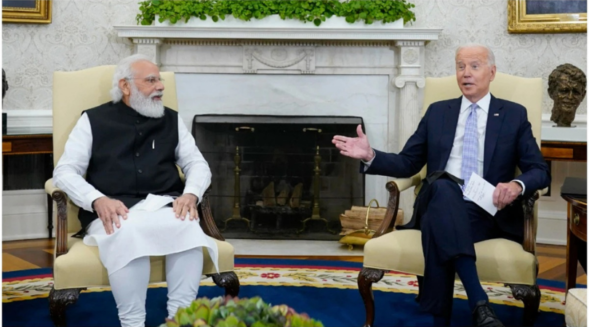
By the Editor
Every year the number of students appearing for Secondary School Leaving Certificate (SSLC) and Higher Secondary School Leaving Certificate (HSSLC) in Meghalaya increased and continues to do so at quite a fast rate. Successful candidates naturally opt for higher studies and professional courses. At the time of independence in 1947 there was not a single university in the whole of North East (NE) India which was then the composite state of Assam and the princely states of Manipur and Tripura. It was only a year later, that is, in 1948 that Gauhati University was established. At present there is at least one university in every NE state. The number of colleges too has increased manifold during these last seventy five years. Even in the whole of India then there were only 20 universities and 500 colleges. Percentage of women students as well as those of Scheduled Castes and Scheduled Tribes gradually increased. The University Grants Commission (UGC), which is a statutory organisation, was established by an Act of Parliament in 1956 for coordination, determination and maintenance of standards of university education. The UGC provides grants to universities and colleges. Besides, there are also reputed institutions which impart excellent educational facilities and recognised by the government on the advice of UGC called “Deemed to be a University” or in short “Deemed University”.
National Education Policy, 2020 has introduced new measures and modified old ones in order to catch up with the changing scenario. Under Graduate (UG) education can be 3 or 4 years with multiple exit options and appropriate certificates will be provided. For example, after completing one year of study it will be Certificate, after two years it will be Advanced Diploma, Bachelor’s Degree after three years, and Bachelor’s Degree with Research after four years. Following models of multidisciplinary pattern of advanced and progressive countries of the West, the government will set up Multidisciplinary Education and Research Universities (MERUs) which will be at par with IITs and IIMS. The National Research Foundation will be set up as an apex body and the Higher Education Commission of India will oversee higher education in the country, excluding medical and legal education. The main aim is to encourage research right from the UG level. By 2030, B. Ed Degree will no longer be a 2-year course but extended to a 4-year course. All professional education will be under the umbrella of the higher education system. For better achievement, there is a need for sharing of expertise and ideas as well as cooperation with other advanced countries. The UGC has issued instructions and guidelines for inter-linking of higher educational institutions with credit transfer. Setting up a National Education Technology forum for the use of technology in different fields of education will motivate young minds right from KG and up to PG.
National Education Policy (2020) was formulated after consulting various groups at different levels since 2015 and receiving feedbacks from them. Before NEP was finalised, experts and eminent scholars were involved. Government of Meghalaya intended to follow the same procedure before implementation. Unfortunately, it could not make any headway at all due to Covid-19 pandemic. Now that the situation has improved, it is expected that the state cannot afford to delay any longer.






